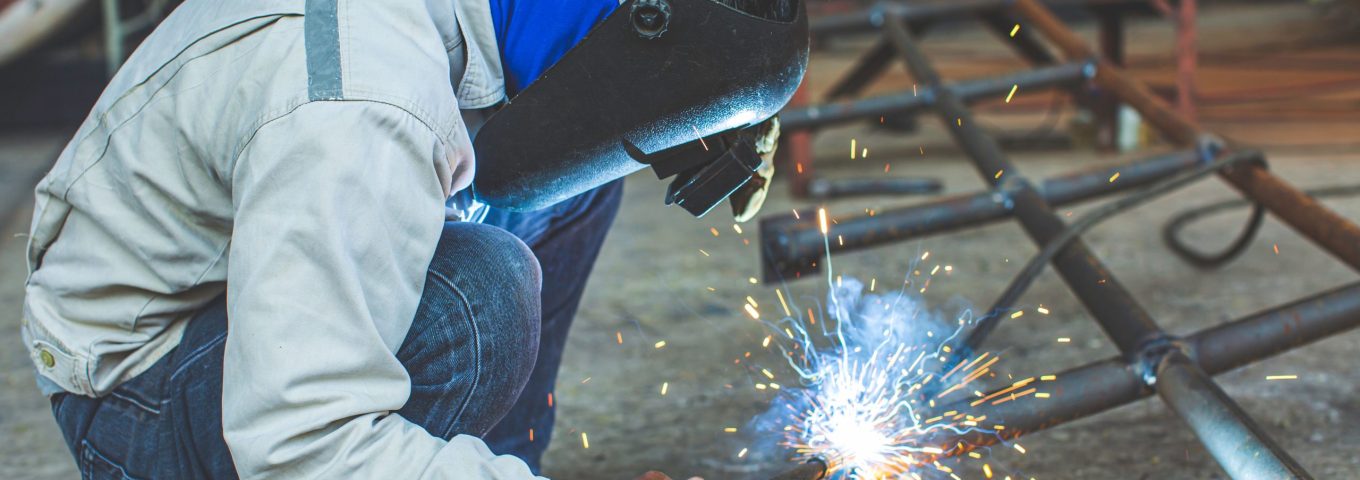How To Reduce Airborne Contaminants in The Workplace
Creating a healthy and safe work environment is essential for the well-being of employees. One critical aspect of workplace safety is addressing airborne contaminant levels, which can pose serious health risks if not properly managed. From dust and chemical fumes to biological pollutants, these contaminants can lead to respiratory issues, allergic reactions, and long-term health effects. By law, employers have a responsibility to minimise these contaminants to safeguard the well-being of their workforce effectively.
Employers can mitigate health risks and enhance the well-being of their employees by understanding the types of contaminants present and implementing effective control measures. In this article, we’ll explore the different types of airborne contaminants and provide effective strategies to help reduce them.
Identifying Airborne Contaminants and Their Risks
Before implementing mitigation measures, it’s essential to understand the types of airborne contaminants commonly found in the workplace and their associated health risks:
- Dust: Dust particles can originate from various sources, such as construction activities, manufacturing processes, and milling. Inhalation of dust can cause respiratory issues, allergies, and irritation of the eyes and throat.
- Chemical Fumes: Chemical fumes from cleaning products, paints, solvents, and industrial processes can release harmful volatile organic compounds (VOCs) into the air. Prolonged exposure to chemical fumes can lead to headaches, dizziness, nausea, and more severe health effects.
- Biological Contaminants: Biological contaminants include bacteria, viruses, mould spores, and pollen. Exposure to biological pollutants can trigger allergic reactions and respiratory infections and aggravate asthma and other respiratory conditions.
- Smoke and Fumes: Smoke from cooking or industrial processes and vehicle exhaust fumes can contain harmful particles and gases that irritate the respiratory system and increase the risk of lung diseases.
How To Reduce Airborne Contaminants in The Workplace
1: Improve Ventilation
As an employer, you can implement various ventilation methods to reduce airborne contaminants and improve indoor air quality, including:
- Local Exhaust Ventilation (LEV) Systems: LEV systems are designed to capture and remove airborne contaminants at their source, preventing them from dispersing into the surrounding air. Examples of LEV systems include fume hoods, extraction arms, and localised exhaust fans installed near machinery or workstations. These systems effectively reduce exposure to harmful substances, protecting workers’ health.
- General Ventilation: General ventilation systems, such as Heating, Ventilation, and Air Conditioning (HVAC) systems, circulate fresh air throughout the workplace, diluting airborne contaminants and maintaining indoor air quality. Regular maintenance and filter replacement are essential to ensure the effectiveness of general ventilation systems.
- Natural Ventilation: Natural ventilation methods, such as opening windows and doors, installing vents or louvres, and using ceiling fans, can promote air movement and exchange. This helps reduce indoor air pollution and improves ventilation in enclosed spaces.
- Air Purifiers: Air purifiers equipped with High-Efficiency Particulate Air (HEPA) filters or activated carbon filters can effectively remove airborne particles, allergens, and odours from the air. Placing air purifiers strategically in areas with high concentrations of contaminants can further improve indoor air quality.
By implementing ventilation strategies, you can create a safer and healthier workplace for your employees, effectively reduce the risk of exposure to harmful airborne contaminants and promote overall well-being and productivity.
2: Promote Good Housekeeping Practices
In addition to ventilation solutions, promoting good housekeeping practices can help minimise airborne contaminants in the workplace:
- Regular Cleaning: Implementing regular cleaning schedules to remove dust, dirt, and other contaminants from surfaces, floors, and equipment is crucial. Using vacuum cleaners with HEPA filters and microfiber cloths can effectively trap particles and prevent them from becoming airborne.
- Proper Waste Management: Proper waste disposal according to regulations is essential to prevent leaks and spills that could release harmful substances into the air. Providing designated storage areas for chemicals, paints, and other hazardous materials can minimise risks.
- Employee Education: It is key to educate employees about the importance of maintaining good indoor air quality and proper ventilation practices. Encouraging them to report any concerns regarding air quality or potential hazards in the workplace fosters a culture of safety and accountability.
3: Monitor, Test, and Evaluate
Regular monitoring of indoor air quality and evaluation of ventilation systems are essential to ensure ongoing effectiveness:
- Monitor: Implementing air quality monitoring procedures to assess indoor air quality regularly helps identify potential sources of contamination and track progress over time.
- Test: Conduct routine inspections and maintenance of ventilation equipment to ensure optimal performance and prevent the buildup of contaminants. LEV system tests must be completed by a competent individual every 14 months.
- Evaluate: Regular reviews of policies and procedures ensure compliance with health and safety regulations and industry standards.
Reducing airborne contaminants in the workplace is critical to maintaining a safe and healthy work environment. By identifying common contaminants, understanding their health risks, and implementing effective ventilation solutions and good housekeeping practices, employers can create a workplace where employees can thrive while minimising the risk of exposure to harmful substances.
At LEV Engineering, we help hundreds of employers effectively reduce airborne contaminant levels with LEV systems designed in line with HSG 258. Find out more about our LEV design, installation, and testing services.

